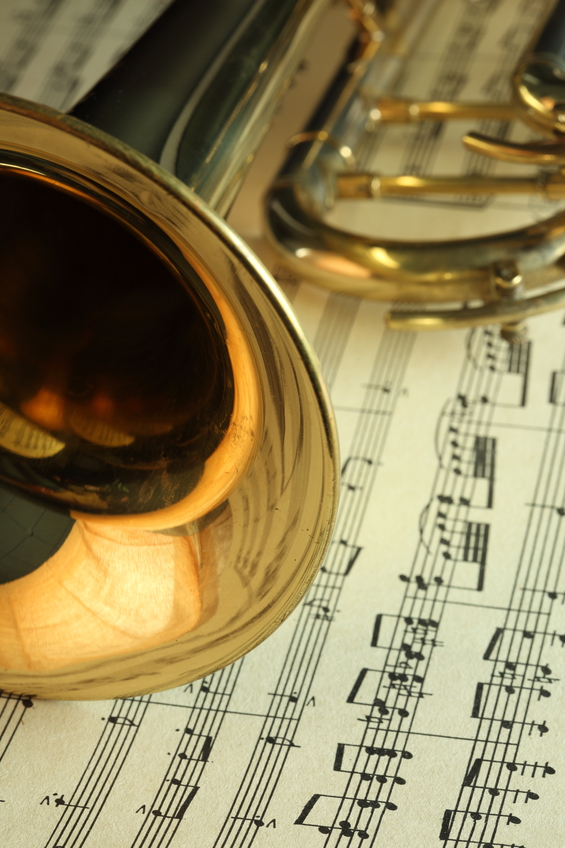Instruction
1
Firmly learn music theory. You should not be confusion between the nuances of "crescendo" and "diminuendo", and especially under the discernment of notes treble and bass clef.
In this question information can be gleaned from textbooks on elementary music theory authors vahromeeva, Sposobin, etc. This is the first and easiest step on the way to the ability to sight-read.
In this question information can be gleaned from textbooks on elementary music theory authors vahromeeva, Sposobin, etc. This is the first and easiest step on the way to the ability to sight-read.
2
Try as much as possible. The skill of reading sheet largely depends on memory – visual, mechanical, logical, motor and other species. During the performance you will involve them all. The more works you can learn, the better.
3
Every day, start to learn a new piece. Not necessarily memorize it. Try as clearly as possible to convey all the nuances indicated by the composer: the dynamics, the mood, decoration, etc.
4
Start to exercise at a slow pace. Your goal at first – to read from the sheet all notes and all strokes. Choose more slow-paced, in accordance with their capabilities. If you have time to read all the signs, so the tempo is correct.
5
Choose the artworks according to their performance. In the first years of learning do not threaten the Impressionists, even the music of the romantic era will seem too complicated. Generally focus on special self-help books, compiled by years of study. However, note: optional collection for the second class will suit a self-taught, studying the music of the second year. It's possible that you either have not yet reached this level or have already passed it. Analyze the music before playing.
6
Try without a tool. Sit down, open your notes, begin to read eyes. At the same time present on the keyboard, the fretboard valves. Think over the fingering, the position of the brushes (brass and ambusher), play a melody inside your head. If the hands involuntarily accept the relevant provision, not odergivala itself is a good sign.
After this exercise, sit down and play the piece using the results of this visual analysis.
After this exercise, sit down and play the piece using the results of this visual analysis.
